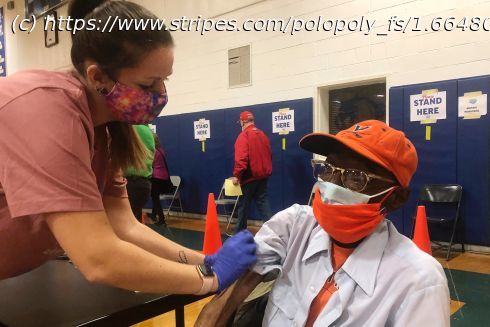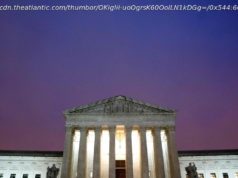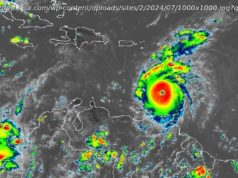As the nation’s campaign against the coronavirus moves from mass inoculation sites to drugstores and doctors‘ offices, getting vaccinated remains a challenge for residents of „pharmacy deserts,“ communities without pharmacies or well-equipped health clinics.
Stars and Stripes is making stories on the coronavirus pandemic available free of charge. See more staff and wire stories here. Sign up for our daily coronavirus newsletter here. Please support our journalism with a subscription. SURRY, Va. — When Charlome Pierce searched where her 96-year-old father could get a COVID-19 vaccine in January, she found zero options anywhere near their home in Virginia. The lone medical clinic in Surry County had none, and the last pharmacy in an area with roughly 6,500 residents and more land mass than Chicago closed years ago. To get their shots, some residents took a ferry across the sprawling James River to cities such as Williamsburg. Others drove more than an hour past farms and woodlands — the county got its first stoplight in 2007 — to reach a medical facility offering the vaccine. At one point, Pierce heard about a state-run vaccination event 45 minutes away, No more appointments were available, which perhaps was for the best: the wait there reportedly could last up to seven hours. „That would have been a daunting task,“ she said, citing her father’s health conditions and frequent need to use the bathroom. „I could not have had him sit in a car and wait for something that might happen. We’re not in a Third World country.“ As the nation’s campaign against the coronavirus moves from mass inoculation sites to drugstores and doctors‘ offices, getting vaccinated remains a challenge for residents of „pharmacy deserts,“ communities without pharmacies or well-equipped health clinics. To improve access,“ the federal government has partnered with 21 companies that run free-standing pharmacies or pharmacy services inside grocery stores and other locations. More than 40,000 stores are expected to take part, and the Biden administration has said that nearly 90% of Americans live within five miles of one, from Hy-Vee and Walmart to Costco and Rite-Aid. But there are gaps in the map: More than 400 rural counties with a combined population of nearly 2.5 million people lack a retail pharmacy that’s included in the partnership. More than 100 of those counties either have no pharmacy or have a pharmacy that historically did not offer services such as flu shots, and possibly lacks the equipment or certified staff to vaccinate customers. Independent pharmacies that have traditionally served rural areas have been disappearing, casualties of mail-order prescriptions and more competition from chains like Walgreen’s and CVS with greater power to negotiate with insurance companies, according to Keith Mueller, director of the University of Iowa’s RUPRI Center for Rural Health Policy Analysis.






